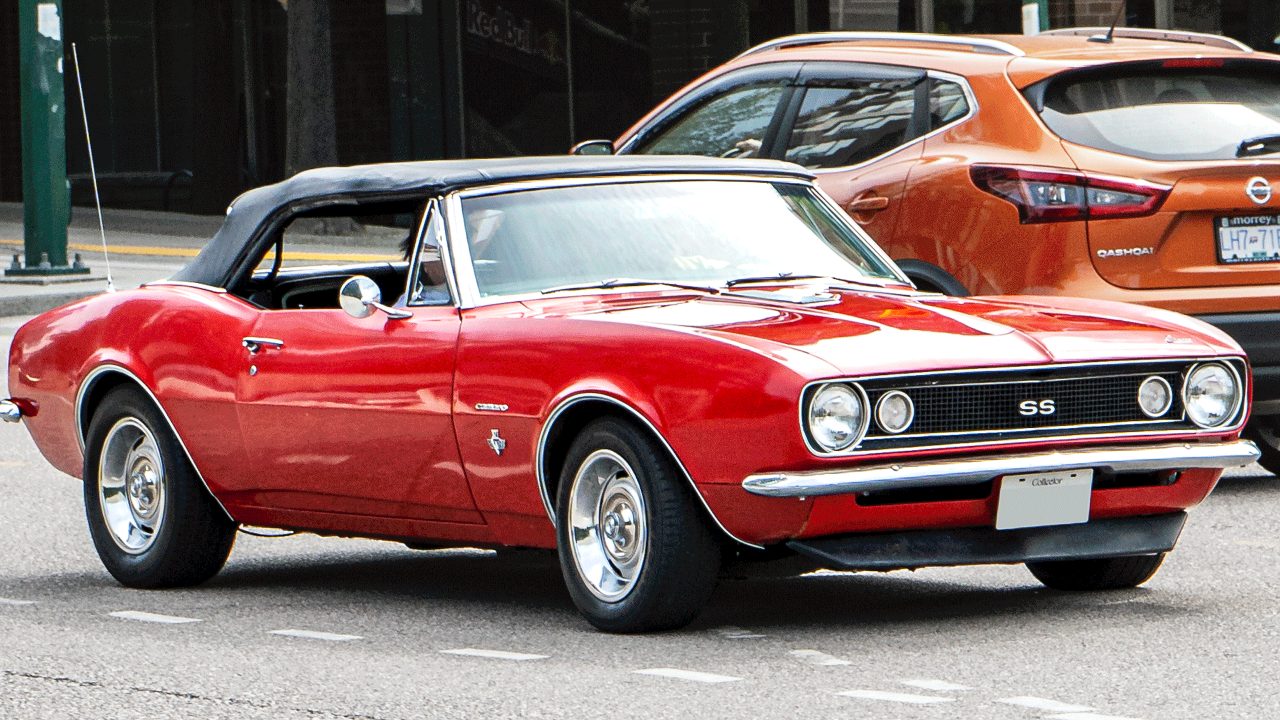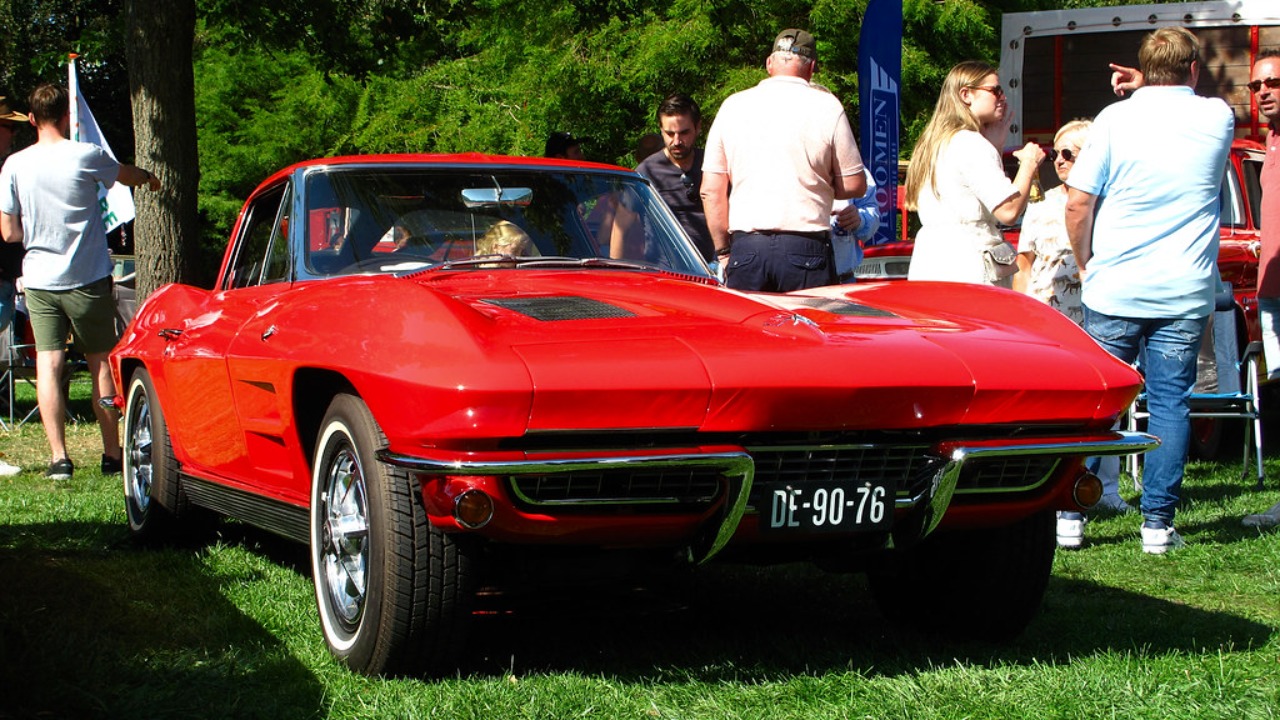In the world of automotive performance tuning, Electronic Control Units (ECUs) play a pivotal role in optimizing engine output and efficiency. Enthusiasts often face a critical choice between piggyback and standalone ECUs when building high-performance vehicles. This article delves into the differences, advantages, and drawbacks of each system, providing a comprehensive guide for those looking to enhance their vehicle’s performance.
Understanding ECUs and Their Functions
Electronic Control Units (ECUs) are the brain behind modern vehicles, managing a myriad of functions that keep a car running optimally. By controlling various engine parameters such as fuel injection timing, ignition timing, and air-fuel ratio, ECUs significantly influence a vehicle’s performance and efficiency. For instance, in the 2023 Ford Mustang, the ECU is instrumental in enhancing the vehicle’s power output while maintaining fuel efficiency.
Performance tuning is where ECUs shine, allowing enthusiasts to extract additional horsepower and torque from their engines. This is achieved by reprogramming or replacing the stock ECU to modify engine parameters beyond factory settings. The symbiotic relationship between software and hardware in ECUs is crucial, as the software dictates the engine’s behavior while the hardware executes those commands. Without a well-integrated system, even the most advanced tuning efforts could fall short of expectations.
Piggyback ECUs: Pros and Cons
Piggyback ECUs are auxiliary devices that modify signals from the factory ECU to enhance performance. These systems are popular among enthusiasts who seek a cost-effective solution to boost their vehicle’s capabilities without altering the stock ECU permanently. For example, a piggyback ECU could be used in a 2017 Subaru WRX to improve turbo boost levels and throttle response.
The primary advantage of piggyback systems is their affordability and ease of installation. Unlike standalone ECUs, which require a complete overhaul of the vehicle’s electronic systems, piggybacks can be installed with minimal modifications. However, they come with limitations, such as potential compatibility issues with newer vehicles and limited tuning capabilities. Piggybacks essentially ‘trick’ the stock ECU, which can lead to conflicts and suboptimal performance if not carefully managed.
Standalone ECUs: Pros and Cons
Standalone ECUs replace the factory unit entirely, offering complete control over the engine’s parameters. This level of customization makes them ideal for serious performance builds where maximum power output is the primary goal. In vehicles like the older Toyota Supra models, a standalone ECU can unlock significant potential by allowing tuners to adjust every aspect of engine management.
The advantages of standalone systems are evident in their limitless tuning possibilities and the ability to integrate with various aftermarket components. However, these benefits come at a cost; standalone ECUs are typically more expensive and require a higher level of expertise to install and tune effectively. The complexity of installation can be daunting for amateur builders, but for those who possess the necessary skills or can afford professional tuning services, the performance gains can be substantial.
Choosing the Right ECU for Your Build
When selecting an ECU for a performance build, several factors must be considered, including budget, performance goals, and technical expertise. For a hobbyist working on a 2019 Honda Civic, a piggyback system might be sufficient to achieve modest power gains without breaking the bank. However, for a professional racing team looking to maximize the performance of a 2025 Porsche 911 GT3, a standalone ECU would likely be the preferred choice.
Case studies provide valuable insights into scenarios where each type of ECU excels. In grassroots motorsports, piggyback systems are often used due to their affordability and ease of use. In contrast, competitive racing environments tend to favor standalone systems for their precision and adaptability. Future-proofing a build is another important consideration; as technology evolves, the scalability and upgrade potential of the chosen ECU can impact long-term performance goals.

Real-World Applications and Expert Insights
Professional tuners often have strong preferences based on their experiences with different ECUs. A tuner specializing in European cars, such as the 2024 Audi RS7, might express a preference for standalone systems due to their flexibility and compatibility with high-end performance modifications. Conversely, a tuner working primarily with Japanese imports might favor piggyback systems for their simplicity and cost-effectiveness.
The landscape of ECU technology is continually evolving, with trends pointing towards increased integration with advanced vehicle systems and the growing importance of software updates. As manufacturers introduce more sophisticated electronics in new models, the role of ECUs in performance tuning is set to become even more critical, offering exciting opportunities for enthusiasts and professionals alike.
More from Fast Lane Only:
- Unboxing the WWII Jeep in a Crate
- The Fastest Farm Truck Ever Built
- 10 Old Trucks That Were Built Like Tanks
- 12 Classic muscle cars still within reach for budget buyers
*Created with AI assistance and editor review.







Leave a Reply